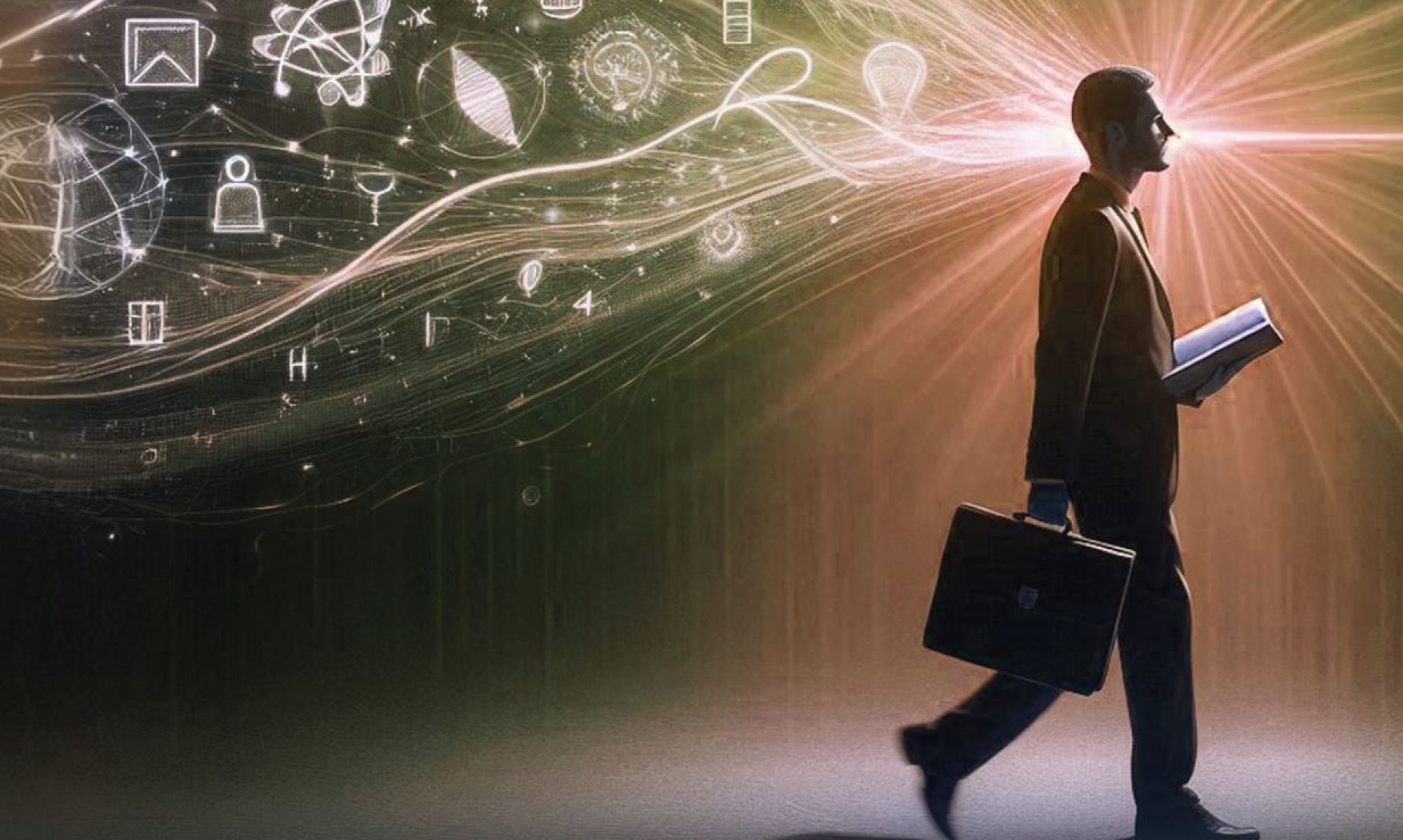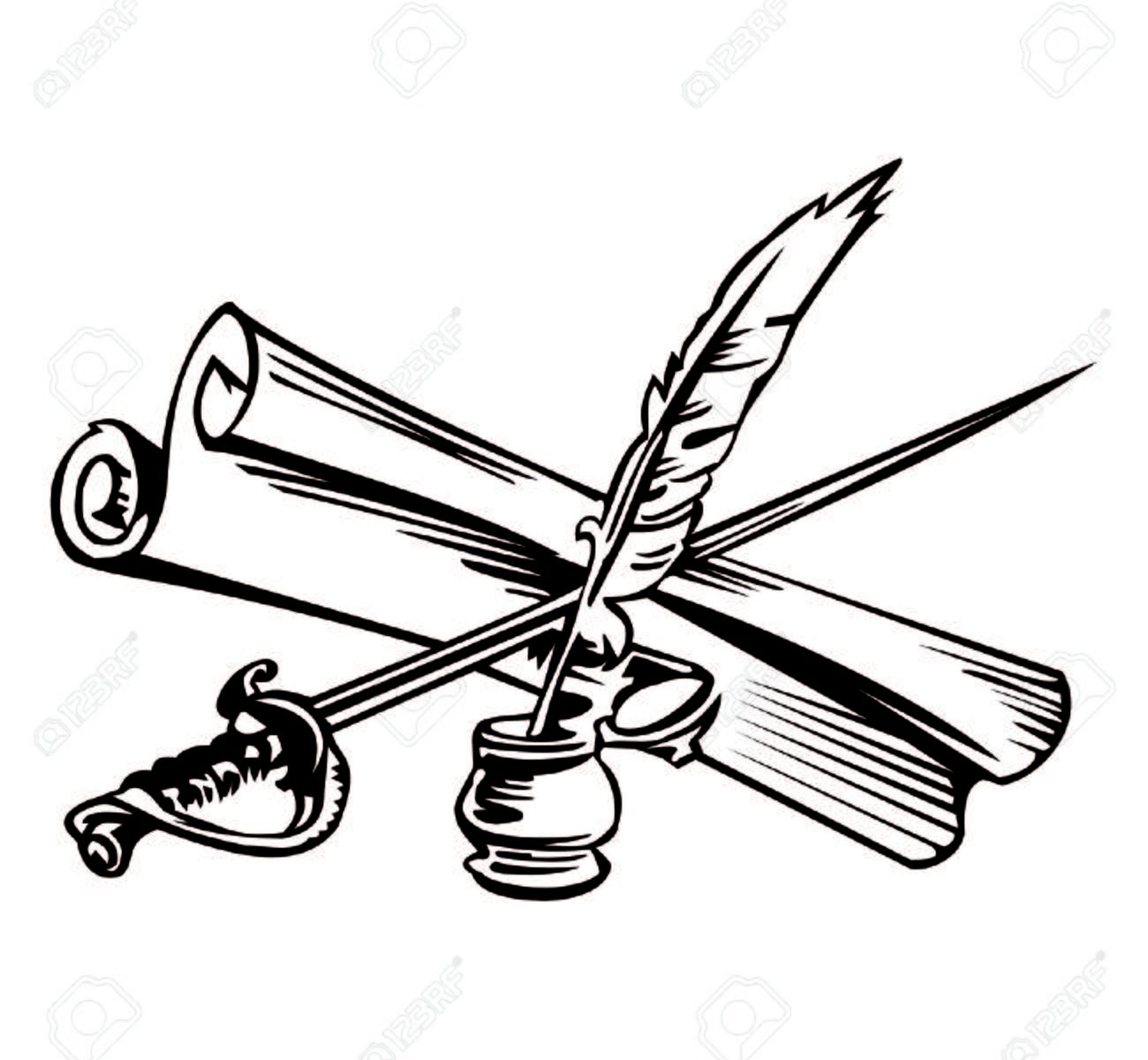This is a bit strange. We go with our pens everywhere. Actually, more pens are sold than ever before. Yet we rarely use them nowadays. Kids no longer learn calligraphy. Yet each of my kids uses more pens than I ever did. What is going on? Is your pen a statement, and if so, of what?
Samurais and swords
We are used to imagining samurais wielding deadly katana swords. Yet the history is not so clear about it. Katana was definitely used as an attack weapon by a high-ranking samurai against a lower-ranking samurai that shows disrespect. The low-ranking samurai used a smaller sword, wakizashi to protect himself. At home, samurais were probably also using a smaller sword, or maybe even a knife tanto. Some of the finest Japanese blades are actually tanto blades.
What about the battle situation? Foot soldiers used long yari spears and bows or early muskets. Horse riding samurais used larger swords called great swords odachi or field swords nodachi. These swords were difficult to draw without some help, but then in battle, they were truly devastating.
There was even a disposable katana of poor craftsmanship called uchigatana, which was a weapon of poor samurais, a symbol of warrior status. It was not made from superior jewel steel and blacksmithing it took much less time. During the fight, these swords often broke and were disposed of.
Why katana captured our imagination?
After long and bloody civil wars, Tokugawa finally secured control of Japan. They disarmed regular farmers using a strong police force and regular searches. The backbone of the police force was samurais, and since there were no wars, samurais went to fencing schools. In the schools, they learned to use the police weapon: katana. Just like modern policemen learn to shoot handguns, but soldiers use assault rifles instead.
Katana was more than a weapon. Through it, the samurai expressed himself. And just like modern policemen write reports more than shoot handguns, Tokugawa samurais used caligraphy more than they used fencing.
When we imagine a samurai, we often imagine a young warrior dressed in white. He writes the last haiku poem, takes a tanto, and performs seppuku, while his best friend beheads him with a katana. Did this happen? Yes, maybe as often as shooting in American schools. When something like that happened, everybody talked about it, possibly exaggerating. We are still dreaming of centuries-old rumors and bedtime stories.
Do we dream of knowledge workers?
“The pen is mightier than the sword” was penned by English author Edward Bulwer-Lytton in 1839, in a play about Cardinal Richelieu. In some biblical interpretations, the Lord started the creation with a word. The Christian Bible stated that “the word of God is living and effective, sharper than any two-edged sword, penetrating even between soul and spirit, joints and marrow, and able to discern reflections and thoughts of the heart”.
And yet, somehow pens fail to capture our imagination. FBI agents relied on their databases and careful accounting much more than on their skills with firearms. However, on our screens, blazing shootouts look much better than painstaking analysis of every detail.
Only poets are pictured with quills in their hands. Between the 6th and the 19th century, the best quills were made from goose, swan, and later turkey feathers. The quills tended to break and often required sharpening. The first pocketknives were used to sharpen the quills. From 1822 metal dip pen mass-produced in Birmingham, replaced the quill. The ruling and oblique pens are still used in calligraphy. In the Jewish tradition quill pens, called kulmus, are used by scribes to write Torah Scrolls, Mezuzot, and Tefillin.
It’s interesting to think about how many quills Shakespeare must have gone through while writing his plays, sonnets, and other poetry: they were such an integral part of his work and legacy yet we have no trace of them. In 2005 Lord Nelson’s quill was sold at auction for £8,400, yet we often picture the great admiral with a smallsword in his left hand, without his eyepatch, but also without his right hand.
How did the geeks become cool?
A lovely image of a geek from 1980s is a person with a pocket protector and at least three pens in that protector. Personally, I have never seen such people. I have put my pen in my pocket, or near the buttons of my shirt, occasionally even on the neck of my t-shirt. But then I never used pocket protectors and more than one pen on me. I used to have two more pens for headlines and doodling, two highlighters, and a pencil, but these items never found their way into my pockets. My friends also never used more than one pen in their cloth or a pocket protector…
And then the geeks became cool. I think it happened during the dot com bubble of 1999. The geeks made way more money then the cool guys, and cool people started copying them. Probably medical doctors were the first to use pocket protectors with multiple pens as an integral part of their attire. There is a reason for it. Some diagnostic medical tools look like pens, and a signature of a prescription should be hard to copy.
Hackers, as we imagine them, are too cool to have a pocket protector with pens. Because they are rebels. I knew some hackers. They usually had one pen, one leatherman knife, a USB drive, and something to fidget with as most of them had ADHD.
So a pen is often a part of the knowledge worker toolset. Sometimes it is a fancy fountain pen, and sometimes it is a reliable but disposable plastic pen.
Expressing yourself in a stoke
Strokes of a pen are quite like strokes of a sword. Ancient warriors knew that, and both were equally fast and elegant. I can easily imagine how working with a rapier was similar to western calligraphy, while a katana stroke reminded Chinese brushwork. For me, this is as far as the analogy goes.
I do not really see any similarity between Arab or Indian fencing and calligraphy. And for me, the most beautiful calligraphy is usually Muslim art. Because Muslims were not allowed to draw pictures, they used letters and geometric shapes to express their complex visual estetics.
Not all languages are equally calligraphic and elegant. In Russian, the quill writing is compared with ax stokes: “Написано пером, не вырубить и топором.” Here is a large list of such metaphors in Russian. An ancient Russian variation of a knowledge worker was a person with a quill above the ear and fingers with arthritis: “Перо за ухом, так и пальцы в крюк.”.
In any case, many medieval nations believed in the magical power of the written word, as a physical expression of the will that issued the note. Royal texts were especially respected, as they captured the living will of the monarch.
Quickdraw
A samurai was expected to draw his sword in one fast fluid motion to protect his life and his honor. Samurais practiced this motion quite a lot, especially when assigned to police duties. Many modern policemen are also quickdraw masters. Soldiers do not need this skill, as their weapons are usually exposed and ready for action.
As knowledge workers, we are also expected to draw our pens and write down every important idea, before we forget it. This is especially true for artistic sketches and poetic phrases, mathematical equations, and musical phrases. A person that uses the pen all day long, like an accountant, is not expected to draw his pen in one fluid motion and express a complex idea on a restaurant napkin.
There is something very captivating in formulating an idea once, and then following it for the entire lifetime. No doubts, regrets, or mistakes allowed. This requires a long period of preparation and deliberation. Everything needs to be weighted before the stroke of the sword or the pen. Once the stroke is done, there is no way to go back. It is a code of honor we already forgot. Thinking twice before making your move. Respecting honor above one’s life/
Dual wield
Very few samurais could wield two swords. Very few of us can write with both hands. Those who can get almost magical capabilities. We have better control of creativity and self-expression, because this means that there is a strong connection between the brain hemispheres.
Training bilateral drawing or dual-hand wield we train long connections and associative links in our brain. We synchronize the rhythms of large brain areas. We meditate in motion.
This is an advanced exercise, extremely complex to perform well, and very rewarding.
Every day carry
An ancient samurai did not live his home without three swords. He would carry katana in case of attempted robbery. His wakizashi was with him in case the katana gets entangled or broken. And in his belt behind the back, he had a tanto knife, in case he had to fillet a fish or take his own life.
We do not carry three pens. Usually, we have a pen in case we need to sign something or draw a diagram, a pocket knife with a screwdriver for emergency tinkering, and our mobile phone for everything else. Yet our pen is the first device to be drawn. It represents our spirit, and its marks are as permanent as a strike of a sword.

